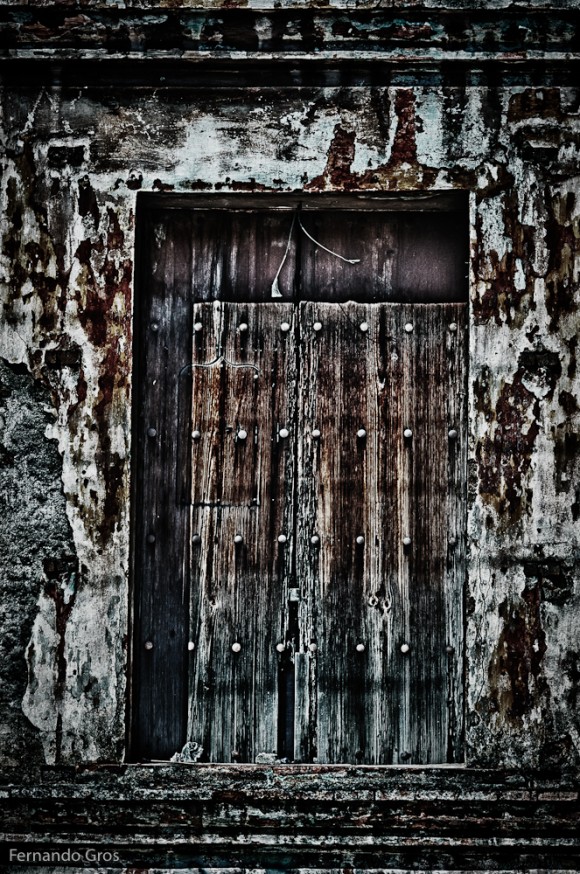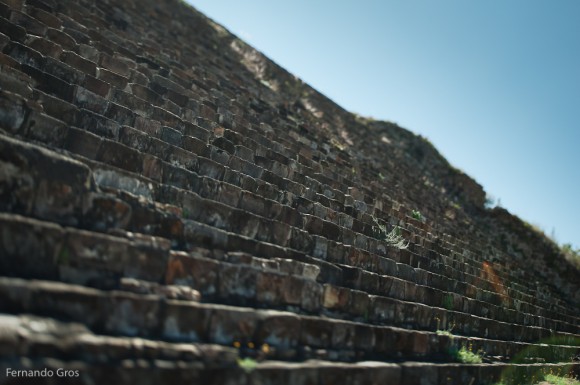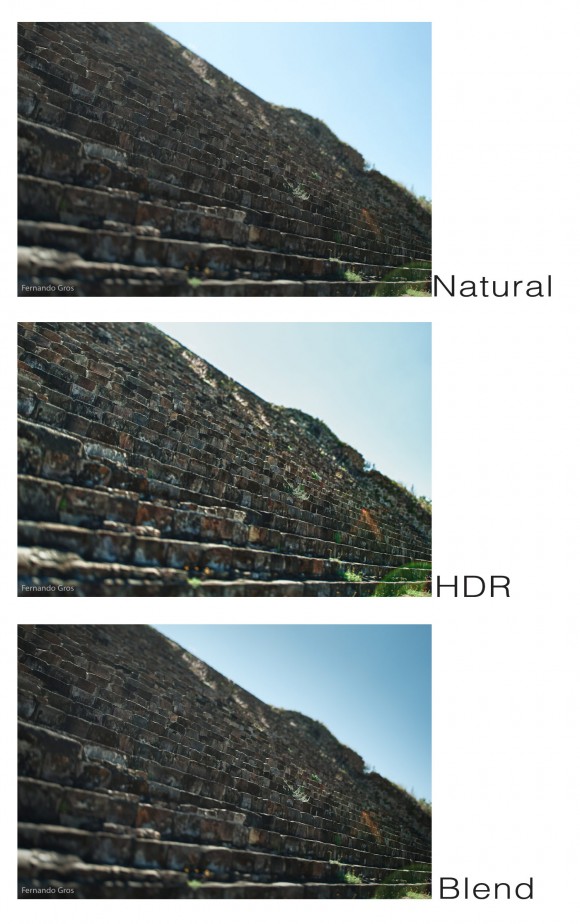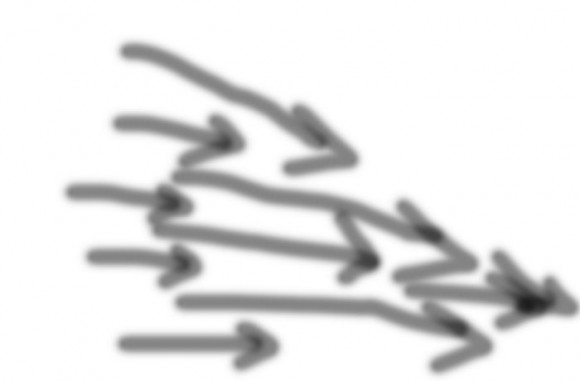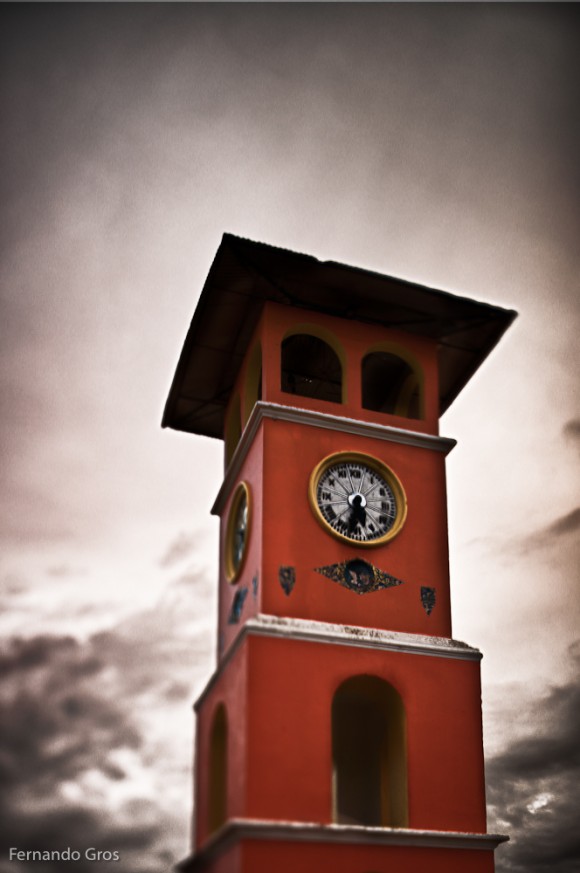Hugely Distorted Reality
Put any group of photographers together and, eventually, the conversation will come around to HDR (High Dynamic Range) photos. HDR involves processing two or more exposures of the same scene to create an image that has a greater range of light than is possible in a normal photograph. Pushed to the extremes HDR can create […]
Put any group of photographers together and, eventually, the conversation will come around to HDR (High Dynamic Range) photos. HDR involves processing two or more exposures of the same scene to create an image that has a greater range of light than is possible in a normal photograph.
Pushed to the extremes HDR can create images that take on a surreal, or cartoonish look. It’s something of a controversial technique, with fans and foes who defend their positions with equal degrees of vigour and, at times, ideological irrationality.
The image above is an example of what I consider to be “bad” HDR. While the photo is kind of interesting, on a textual level, it is a fairly ordinary composition; a poorly shot door, processed beyond recognition. The only interesting thing about this image is the post-processing – which is kind of like saying that the only good thing about a song was the echo used on the lead vocals.
This next image demonstrates the way I normally use HDR. I took this on the steps of Monte Alban and wanted to capture both the texture of the stones and the surprisingly steep incline of the temple structure.
What I didn’t do here was use the product of the HDR process as the final image (as some do). Instead, I blended the HDR image with a normal image, a process I started playing with after reading this article, HDR Done Right.
One thing I do is use a layer mask and opacity brush to bring in subtle amounts of HDR into a fairly natural image. In fact, for this one I was a little tongue in cheek with the shapes in the mask layer, as you can see below.
My final image is the clock tower in Zaachila, a beautiful little town in Oaxaca. This contains the typical elements of a HDR photo, especially the texture of the sky, but revealed in a (hopefully) more subtle way.
Some people hate the brooding skies that HDR images create. But, having grown up in Sydney and lived for over five years in Hong Kong, I am accustomed to densely grey, moody skies, pregnant with rain and the promise of thunder and lightening.
Equally, some claim that HDR does violence to the way light is normally perceived in a photograph. But, part of what got me into HDR in the first place was trying to capture the emotion of living in places like Hong Kong, were harsh artificial lights clash in ways that are far from natural.
Biography shapes our perception of reality so heavily that I think we need to be careful when making pronouncements about what is “normal” in an image.
In the end, HDR is just another technical and aesthetic choice; something else a photographer can choose to use or ignore in the creation of their images.
That’s why I never normally mention it when I use HDR. It doesn’t really matter, except to technically minded photographers (who represent a very tiny minority of the people who enjoy seeing photos). The truth is I don’t use HDR often – and you may well be surprised by which images have HDR and which don’t.
And, hopefully, if I’ve done my job well, you are too busy experiencing the photograph to care how it was processed in the first place.




